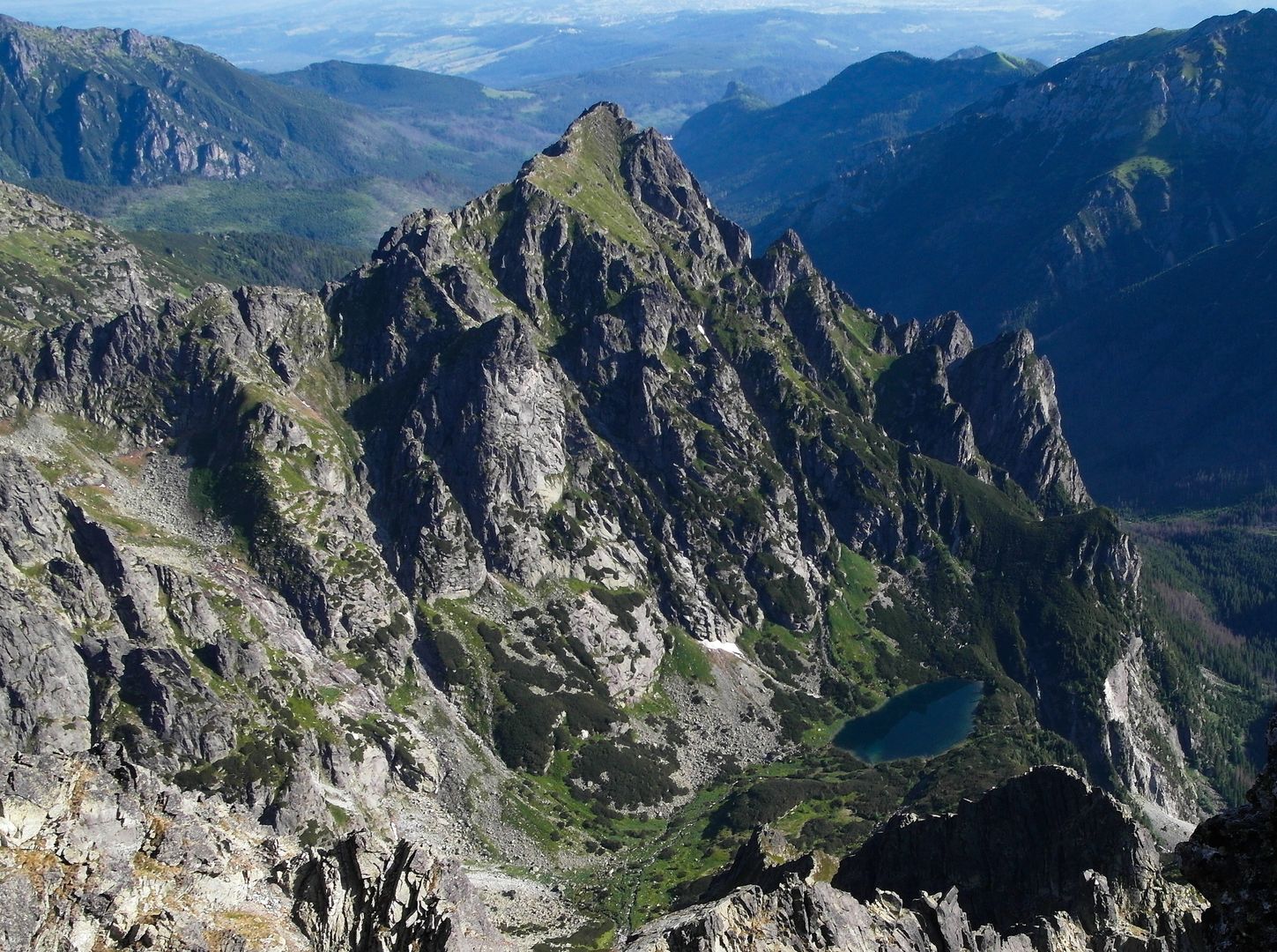Heavy Valley
6.31

Overview
Ciężka Valley, also known as Ťažká dolina, is a picturesque valley in the Slovak Tatra Mountains, forming part of the Biała Woda Valley. It is one of the most typical post-glacial valleys in the High Tatras, surrounded by high ridges, including the northern ridge of Rysy and Ciężka Turnia, and is characterized by its rich mountain landscape. The valley is approximately 2 km long, with its highest point being Spadowy Kociołek, which is home to Zmarzły Staw and the impressive Zmarzła Siklawa, as well as the highest waterfall in the Tatra Mountains—Ciężka Siklawa. Historically, the valley was used by shepherds and tourists who began visiting it in the 19th century. Despite a ban on entry imposed by the Prussian owner of the surrounding lands, Ciężka Valley attracted explorers such as Zbigniew Korosadowicz. Over the years, the area gained popularity among climbers and tourists, with numerous climbing routes in the vicinity drawing mountain adventure enthusiasts. Controversies surrounding the valley's naming, which included changes in the interpretation of its name, are an interesting aspect of its history. Although both the names Czeska Valley and Ciężka Valley were used, official changes eventually restored the original name, Ťažká dolina, in 2006. Today, the valley is part of the Tatra National Park, and due to the lack of marked trails, exploration requires the accompaniment of a guide, adding a unique character to this mysterious place.
Location
Country
2025 Wizytor | All Rights Reserved